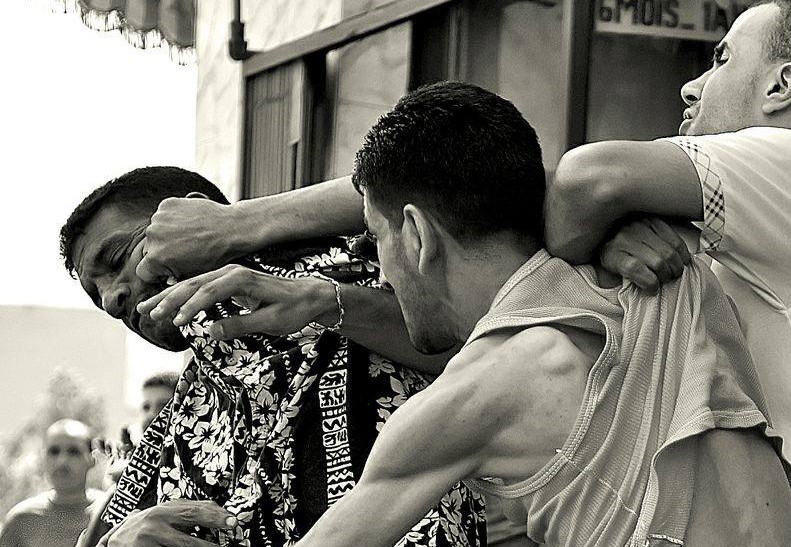Viktor Orbán’s bold claims about Hungary’s safety contradicted by crime stats

For years, Prime Minister Viktor Orbán has claimed that safety is a hallmark of Hungary, positioning it as one of the safest, if not the safest, countries in Europe. In a recent speech in Italy, Orbán again claimed that “Hungary is the safest country in Europe”. However, a closer look at available statistics paints a more nuanced picture.

Orbán has made similar statements before, including in 2022, when he referred to Hungary as “one of the safest countries in Europe” and Budapest as “one of the safest capitals”. Yet, he has never provided specific data to back these claims. When approached by Lakmusz, his press chief, Havasi Bertalan, did not respond to requests for clarification.
Hungary’s safety: A look at the numbers
To evaluate Orbán’s claim, Lakmusz turned to Eurostat data, which tracks 21 types of crimes across Europe. These include serious offences such as homicide, robbery, sexual violence, and corruption. The most recent data from 2022 show that Hungary performs well in only one category: robbery. The country recorded the lowest rate of robberies in Europe, with just 5.5 incidents per 100,000 inhabitants.
However, Hungary’s performance in other crime categories is far less impressive. In terms of intentional homicides, Hungary is in the middle of the pack with 0.88 homicides per 100,000 people. Regarding attempted homicides, Hungary ranks eighth, behind countries like Poland and Ireland.
When it comes to crimes such as human trafficking and sexual exploitation, Hungary again does not rank at the top. For instance, in 2022, Hungary reported 4.77 sexual exploitation cases per 100,000 people, placing it 10th in Europe.
Sexual violence: A complex picture
The situation with sexual crimes is complicated by differences in definitions and reporting between Hungary and other European countries. While Eurostat distinguishes between sexual assault, rape, and sexual violence, Hungary’s penal code refers only to “sexual violence”. As a result, it is difficult to make a direct comparison between Hungary and its European counterparts.
Nevertheless, Hungary’s reported rate of sexual violence (6.06 per 100,000) in 2022 is far from the lowest in Europe. This discrepancy highlights the challenges of comparing crime rates across countries with differing legal systems and reporting practices.
Perception vs. reality
The subjective sense of safety among Hungarians also tells a different story. In a survey by Hungary’s Central Statistical Office (KSH), residents were asked how safe they felt walking alone in their neighbourhoods after dark. While many respondents reported feeling safe, Hungary’s ranking in broader European studies has slipped in recent years.
For example, Hungary has dropped four places on an EU-wide list measuring public perceptions of crime, vandalism, and violence, falling from 5th place in 2020 to 9th in 2023. The percentage of people reporting security concerns rose from 5.3% to 6.1% during the same period.
The global picture
Adding further complexity, Hungary ranked 14th on the 2024 Global Peace Index (GPI), which measures safety and security on a global scale. While this seems positive, it should be noted that several European countries outperform Hungary. On the European list, Hungary ranks only 10th, not the highest as Orbán’s statements might suggest.
Conclusion
Although Hungary has made progress in reducing certain types of crime, particularly robberies, it is far from being the safest country in Europe as Viktor Orbán frequently claims. Whether intentional or not, these statements overlook key data points that paint a more balanced, if less glowing, picture of the country’s safety.
Read also:











































